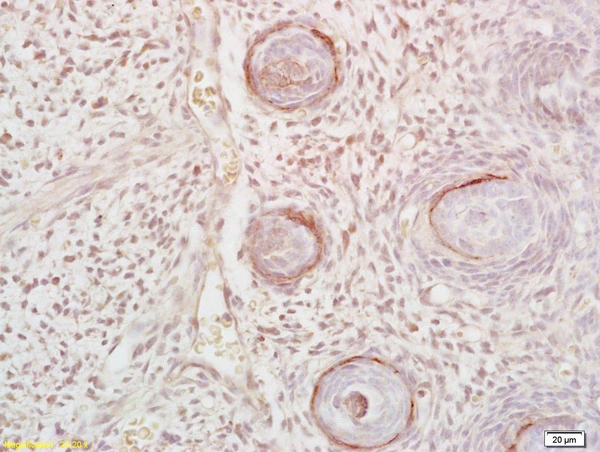
IHC-P analysis of mouse embryo tissue using GTX60309 DLK1 antibody. Dilution : 1:200
DLK1 antibody
GTX60309
ApplicationsWestern Blot, ImmunoHistoChemistry, ImmunoHistoChemistry Frozen, ImmunoHistoChemistry Paraffin
Product group Antibodies
TargetDLK1
Overview
- SupplierGeneTex
- Product NameDLK1 antibody
- Delivery Days Customer9
- Application Supplier NoteWB: 1:300-1000. IHC-P: 1:50-400. *Optimal dilutions/concentrations should be determined by the researcher.Not tested in other applications.
- ApplicationsWestern Blot, ImmunoHistoChemistry, ImmunoHistoChemistry Frozen, ImmunoHistoChemistry Paraffin
- CertificationResearch Use Only
- ClonalityPolyclonal
- Concentration1 mg/ml
- ConjugateUnconjugated
- Gene ID8788
- Target nameDLK1
- Target descriptiondelta like non-canonical Notch ligand 1
- Target synonymsDLK, DLK-1, Delta1, FA1, PREF1, Pref-1, ZOG, pG2, protein delta homolog 1, delta-like 1 homolog, fetal antigen 1, preadipocyte factor 1, secredeltin
- HostRabbit
- IsotypeIgG
- Protein IDP80370
- Protein NameProtein delta homolog 1
- Scientific DescriptionThis gene encodes a transmembrane protein containing six epidermal growth factor repeats. The protein is involved in the differentiation of several cell types, including adipocytes; it is also thought to be a tumor suppressor. It is one of several imprinted genes located in a region of on chr 14q32. Certain mutations in this imprinted region can cause phenotypes similar to maternal and paternal uniparental disomy of chromosome 14 (UPD14). This gene is expressed from the paternal allele. A polymorphism within this gene has been associated with child and adolescent obesity. The mode of inheritance for this polymorphism is polar overdominance; this non-Mendelian inheritance pattern was first described in sheep with the callipyge phenotype, which is characterized by muscle hypertrophy and decreased fat mass. [provided by RefSeq, Mar 2010]
- Storage Instruction-20°C or -80°C,2°C to 8°C
- UNSPSC12352203
References
- O'Neill AM, Liggins MC, Seidman JS, et al. Antimicrobial production by perifollicular dermal preadipocytes is essential to the pathophysiology of acne. Sci Transl Med. 2022,14(632):eabh1478. doi: 10.1126/scitranslmed.abh1478Read this paper
- Dokoshi T, Seidman JS, Cavagnero KJ, et al. Skin inflammation activates intestinal stromal fibroblasts and promotes colitis. J Clin Invest. 2021,131(21). doi: 10.1172/JCI147614Read this paper

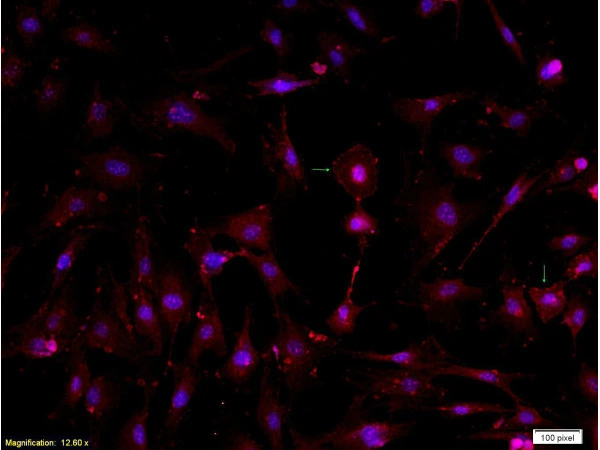
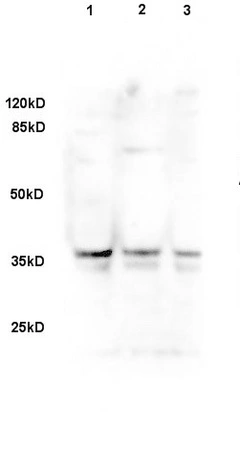
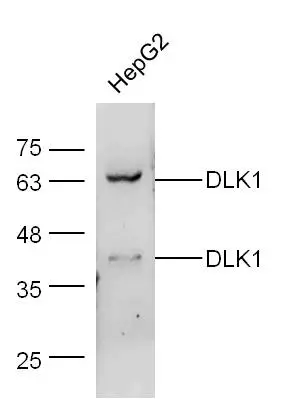
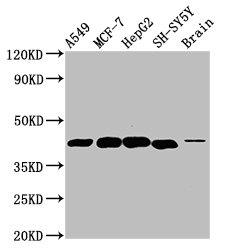

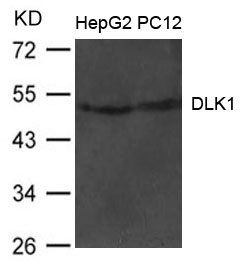
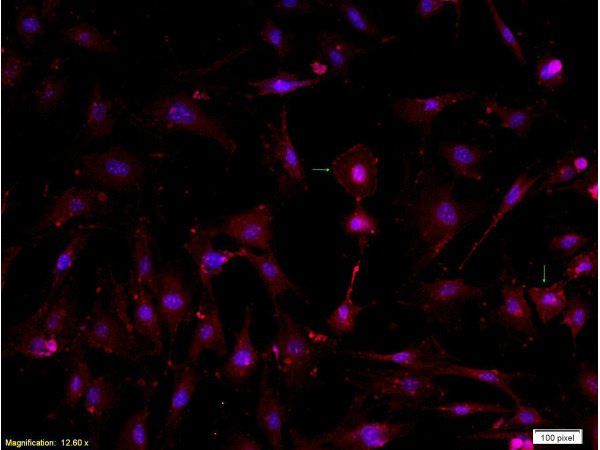

![ELISA analysis of antigen using GTX60511 DLK1 antibody [3A10]. Black : Control antigen 100ng Purple : Antigen 10ng Blue : Antigen 50ng Red : Antigen 100ng](https://www.genetex.com/upload/website/prouct_img/normal/GTX60511/GTX60511_20170912_ELISA_w_23061123_528.webp)